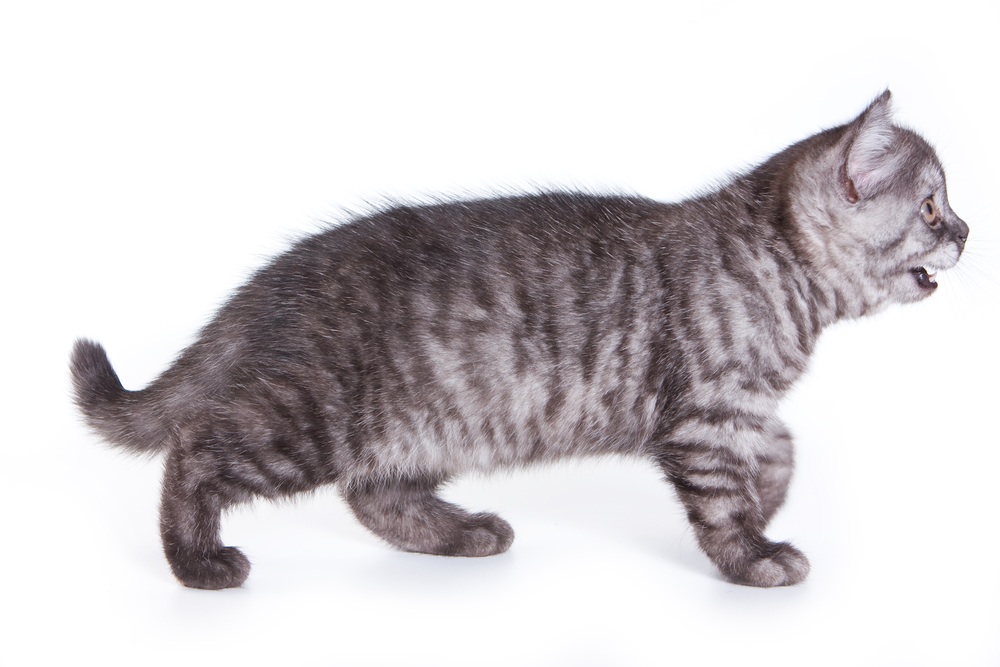The Spread of Different Colours
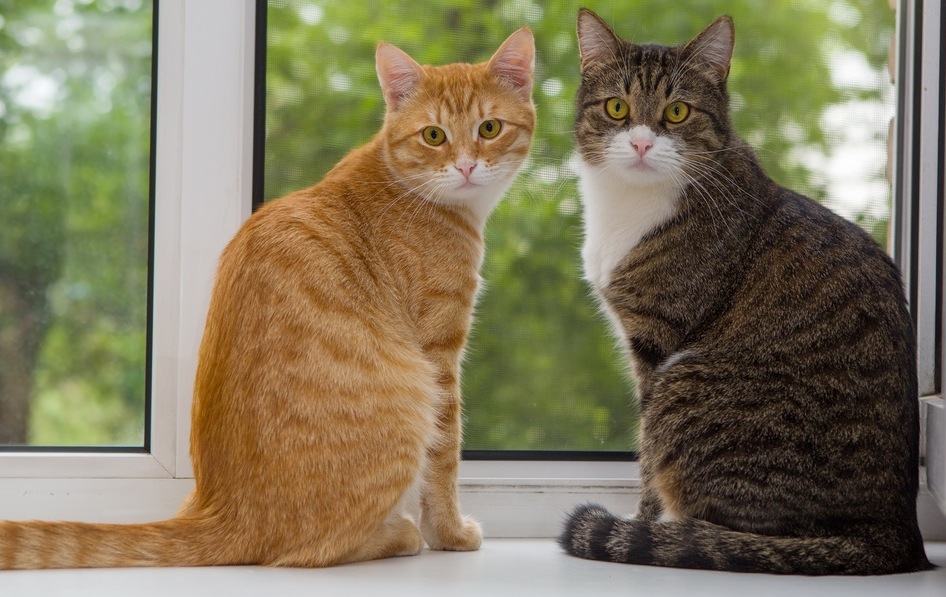
Cats have traditionally displayed the tabby patterning of their wild cat ancestor, and these remain a prominent feature of most household pets, or moggies as they are often called today. But there are differences in the distribution of the various colours from Africa into Europe and Asia.
Red tabby catBy looking at the occurrence of these colours in the domestic cat population in various areas, so it has proved possible to reach some conclusions about where and when new coat colours and patterns are believed to have first emerged.
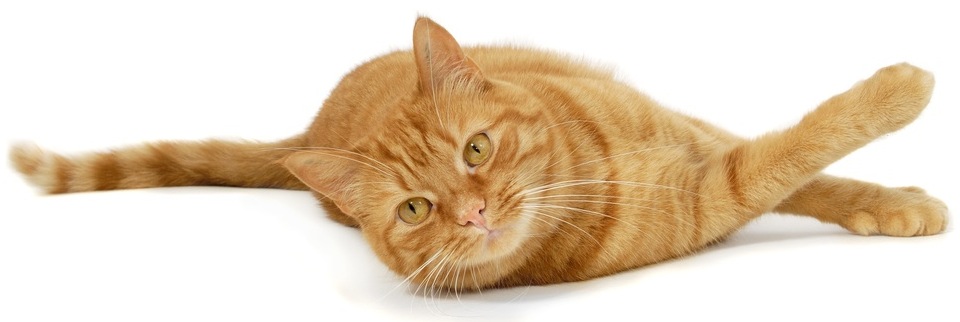
Dr Todd, Director of the Carnivore Genetics Research Center in Massachusetts, has studied this phenomenon, concentrating on the incidence of the three most common coat colours, which are red, black and blotched tabby. He found that there was a high incidence of red cats in Asia, as well as along the North African coast and in Turkey.
His research suggested that this colour form arose in the vicinity of Turkey and radiated out from there. A significant number of red cats were also identified in the Western Isles of Scotland, which could be a legacy of the Viking invasion.
Colour and temperament
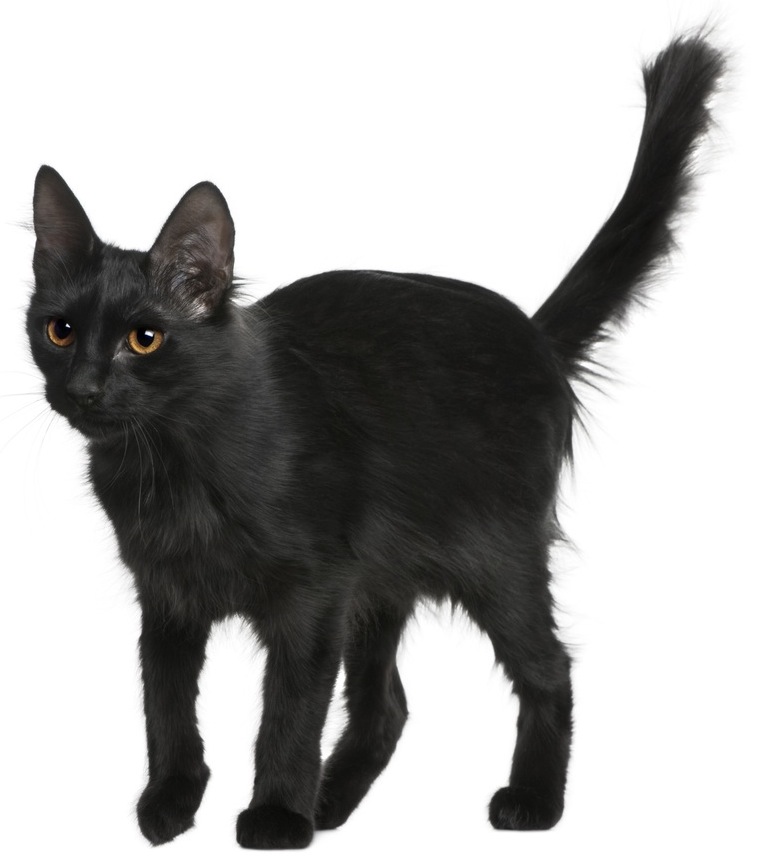
Black cats are thought to have developed in the eastern part of the Mediterranean and became established in major cities. They are now especially common in Britain. It has been suggested that cats with plain-coloured coats may have been more placid than those with tabby stripes, and so are better suited to urban living, where their territories are smaller.
Blotched tabbies are apparently of recent origin, and probably emerged after the mid-1500s. By Victorian times however, fashion came intoblotched tabby british shorthair play and selective breeding began, leading to the development of today's breeds, such as British shorthairs which trace their origins to the street cats of that period.
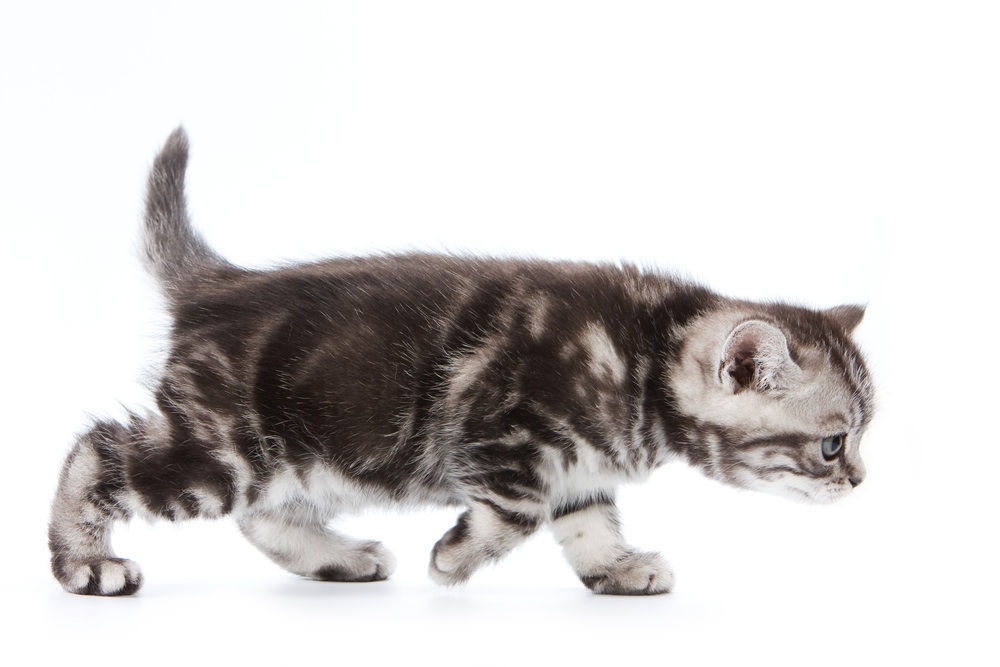
Out went random pairings and markings. In came the pursuit of uniformity and excellence, as defined by the breed standards. These are two pure-bred kittens : a classic tabby British with the broad, oystershell marking on its flanks, and a mackerel tabby of the same breed with its striped pattern. Nevertheless, amazingly perhaps, the moggy still thrives to the extent that today, out of the UK's estimated 7 million cats, approximately 6.7 million are still not of any recognisable breed.
